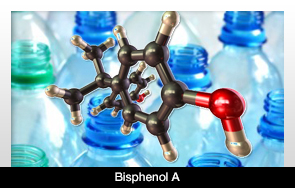 |
It may be best to keep children away from Bisphenol A.
A new study shows that the teeth of rats treated with small doses of BPA could be damaged by it. The damage showed the same trends as the recent pathology of 18 percent of children ages 6 through 8.
BPA is a chemical compound utilized in plastics and resin. There have been cases of large amounts of BPA in blood, urine, amniotic fluid or placentas. Recent data suggests that BPA has a negative impact on reproduction, development and the metabolism of laboratory animals. Based on this information, it’s fair to assume the results are the same on humans.
In Europe, the manufacturing and commercialization of babies’ bottles has been prohibited since January 2011. This ban will include all food containers beginning in July 2015.
The rats in these studies were exposed to small doses of BPA within 30 days after birth. When these teeth were further analyzed, they showed signs of a tooth enamel pathology called Molar Incisor Hypomineralization, a condition that impacts first molars and permanent incisors. The first sign of this condition was the presence of white marks on the teeth. The research team then compared the information about the rat teeth exposed to BPA and teeth from humans who suffer from MIH.
The fragile and feeble enamel was the same in both cases.
When the study was concluded there was one piece of information that may prove to be vital in the years to come. It’s possible that teeth may be used as indicators for exposure to endocrine disruptors, aiding in the diagnosis of serious pathologies.
.


